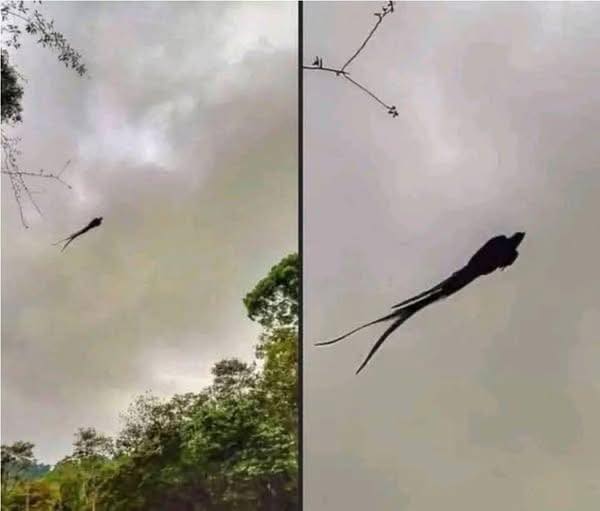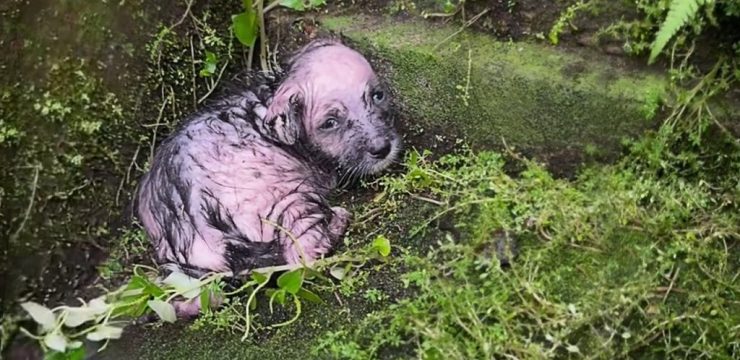The quetzal, often hailed as one of the most stunning birds in Mexico and Central America, is much more than a visual wonder—it’s a powerful symbol of historical, cultural, and environmental significance. Deeply woven into the ancient traditions of Mesoamerican civilizations, this breathtaking bird once held sacred meaning and continues to inspire awe in modern times. On April 12th, a photograph captured in Frontera Corozal, Chiapas, created a sensation across social media. The image, snapped at just the right moment, depicted a quetzal mid-flight, with wings spread in such a captivating way that some observers likened its silhouette to a Dementor from the Harry Potter universe. While this sparked humorous and whimsical theories—ranging from magical intrusions into the real world to the idea of the bird wandering in search of memories—the image ultimately reminded people of the quetzal’s ethereal beauty and endangered status. This majestic flight wasn’t a magical creature from fiction but a real, living treasure from the cloud forests of Central America.

The quetzal has long been revered. In Mayan culture, it was called Q’uk’umatz, translating to “the feathered serpent,” a title tied to the god Kukulkan. The Aztecs, too, saw the bird as divine, connecting it with Quetzalcoatl, the god of the sky and wind. These ancient beliefs highlight the quetzal’s importance not just as a creature of nature, but as a messenger of the divine, a living emblem of freedom and the cosmos. That symbolism continues today, especially as people witness the bird’s striking flight and mourn its dwindling numbers. One reason the quetzal is so strongly associated with freedom is its refusal to survive in captivity. These birds will simply stop eating when caged, choosing death over confinement. This characteristic lends profound meaning to their flight, as their life depends on soaring freely through the forest canopy.
Biologically, quetzals are monogamous birds found in tropical and subtropical forests, where they feed on aguacatillos—a wild relative of the avocado—as well as insects, mollusks, frogs, and small reptiles. Males are especially known for their vivid, iridescent plumage. Their red bellies contrast brilliantly with shades of emerald green, orange, and blue across their bodies. The most striking feature, however, is the male’s tail—composed of four long feathers that can reach up to a meter in length. These vibrant feathers make the male easily distinguishable from the female, who sports duller green and gray hues and lacks the elongated tail.
Yet, despite their beauty, quetzals face numerous threats. Natural predators include the emerald toucanet, squirrels, various nocturnal mammals, owls, hawks, and eagles. But the greatest threat comes from humans. Many capture quetzals for the pet trade, unaware that these birds cannot live long in captivity. Fortunately, wildlife efforts have led to some individuals being rescued and reintroduced into the wild. Still, their population continues to suffer due to the rapid shrinking of their natural habitat. The cloud forests that quetzals call home are increasingly disappearing, primarily due to deforestation and climate change. Without these dense, misty environments, the quetzal’s chance of survival grows slimmer.
Beyond ecological concerns, cultural reverence for the quetzal remains strong. According to Mauricio Ruíz Velasco of the Institute of Philological Research at UNAM, the Mexicas viewed the bird as sacred, closely associated with Quetzalcoatl. In modern-day Central America, the quetzal continues to serve as a national symbol—Guatemala even uses the bird as the name for its currency. This cultural legacy, paired with recent viral moments like the one in Chiapas, serves to remind people not just of the bird’s beauty, but of the urgent need to protect it. In March, one notable conservation effort saw a quetzal relocated from Mexico City, near the Cuauhtémoc borough, to the Miguel Álvarez del Toro Zoo, a more suitable habitat that may help ensure its survival.
The story of the quetzal is one of awe, admiration, and alarm. From its divine associations in ancient mythologies to its striking presence in modern photography, the quetzal continues to capture hearts. But admiration alone is not enough. As deforestation and illegal wildlife trade persist, this iridescent symbol of freedom stands on the brink of vanishing. Every sighting, every photo, and every effort to protect it becomes all the more vital. The quetzal’s flight—once celebrated as a divine dance through the heavens—must not be allowed to fade into memory. Instead, it should inspire renewed dedication to preserving the natural and cultural heritage it represents.





